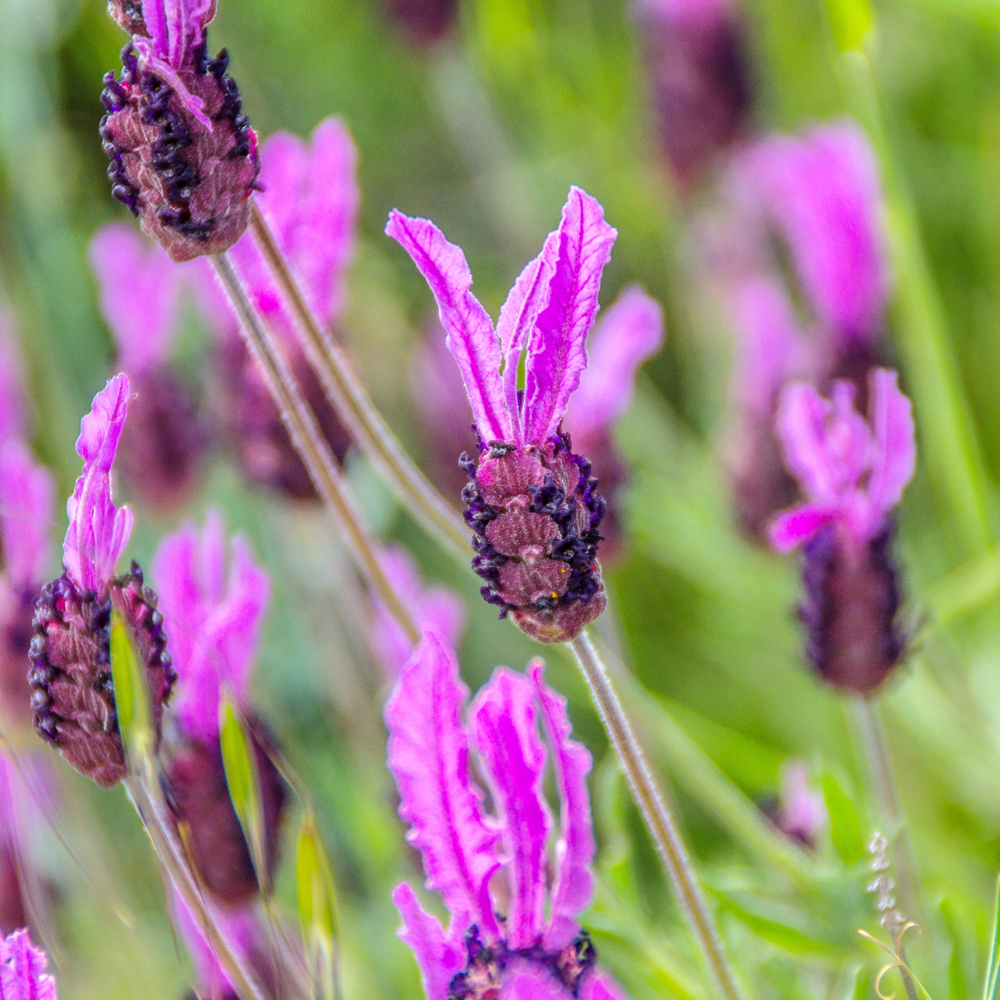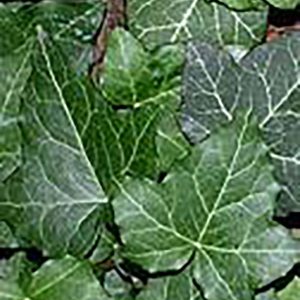Description
Lavender is grown widely for their beautiful flowers borne throughout Summer and sometimes into Autumn, which contrast nicely with their silver and green leaves. Known for their highly scented flowers and foliage , with the flowers sometimes used as a herb. They are Mediterranean plants so do best in a nice sunny spot, and can cope well with periods of drought. They need a spot with nice free draining soil as they can be susceptible to root rot in regularly wet conditions.
Key Facts
- Common Name(s):French Lavender ‘Papillon’
- Hardiness:Half hardy and would benefit from protection through Winter.
- How big will I get? Lavandula stoechas ‘Papillon’ can grow to a height of 0.6m and a spread of 0.6m.
- Did You Know That:Ancient Egyptians used Lavender in their mummification process?
Plant Calendar
A rough guide to how this plant will change through the year.
| Jan | Feb | Mar | Apr | May | June | July | Aug | Sept | Oct | Nov | Dec | |
| Flowering Time |  |
 |
||||||||||
| Foliage Colour |   |
  |
  |
  |
  |
  |
  |
  |
  |
  |
  |
  |
| J | F | M | A | M | J | J | A | S | O | N | D |
 |
 |
||||||||||
  |
  |
  |
  |
  |
  |
  |
  |
  |
  |
  |
  |
Care Guide

Soil Requirements
Lavandula stoechas ‘Papillon’ prefers soil with good drainage and does not tolerate standing water. This plant can grow in soil with a wide range of pH levels, it is not picky about the pH level of the soil.

Best Position
Lavandula stoechas ‘Papillon’ prefers a sheltered position and requires full sun to thrive, this consists of more than six hours of direct sunshine per day.

Maintenance
Lavandula stoechas ‘Papillon’ should be trimmed lightly after it has finished flowering, as well as removing any spent flowers. This will help prevent the plant building a woody base with no foliage or flower coverage by keeping it nice and compact. As they are quite short lived plants and do not respond well to hard pruning, it is important this is kept on top of as it is normally not possible to rejuvinate a plant that hasn’t been regularly trimmed.

Pest, Diseases and Wildlife
Lavandula stoechas ‘Papillon’ can have problems with leafhoppers, it can be vulnerable to certain diseases such as grey moulds. It is also known to attract bees, butterflies, birds and other pollinators. It is toxic to cats, dogs and horses.





